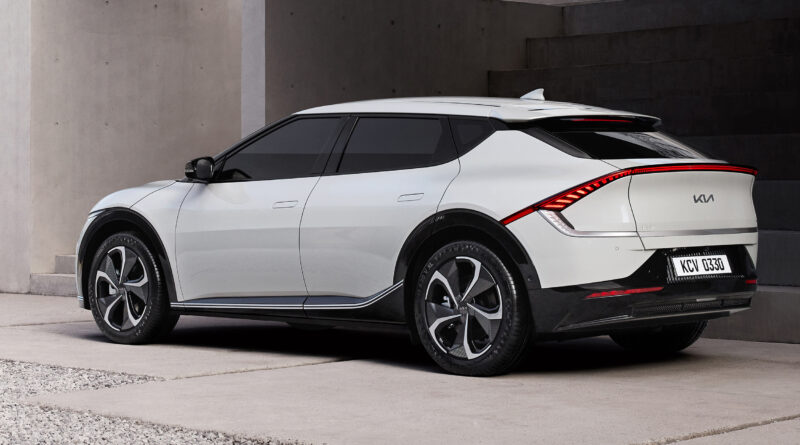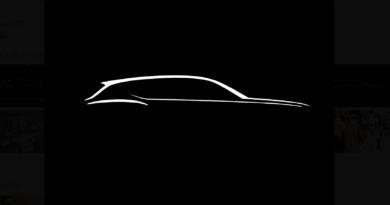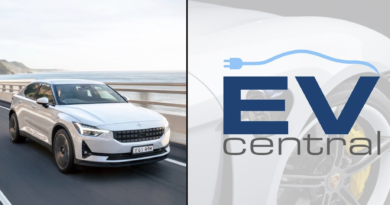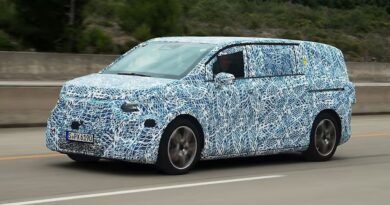Tech and tradition for new Kia look as brand embraces EVs
Kia is partly looking to the past as it embraces an increasingly electric future.
Technology and traditional materials will sit alongside each other in future Kias as the Korean car maker implements a new design philosophy, one that debuted in the just-revealed EV6 electric crossover.
The “opposites unite” design language is built around five key pillars: Bold for Nature, Joy for Reason, Power to Progress, Technology for Life, and Tension for Serenity.
It means the new-look Kia family – starting with the EV6 – will juxtapose curves and sharp lines as well as futuristic technology against fresh materials.
“EV6, as the first dedicated Kia EV, is a showcase of human-centred, progressive design and electrified power,” said Karim Habib, Kia senior vice president and head of design.
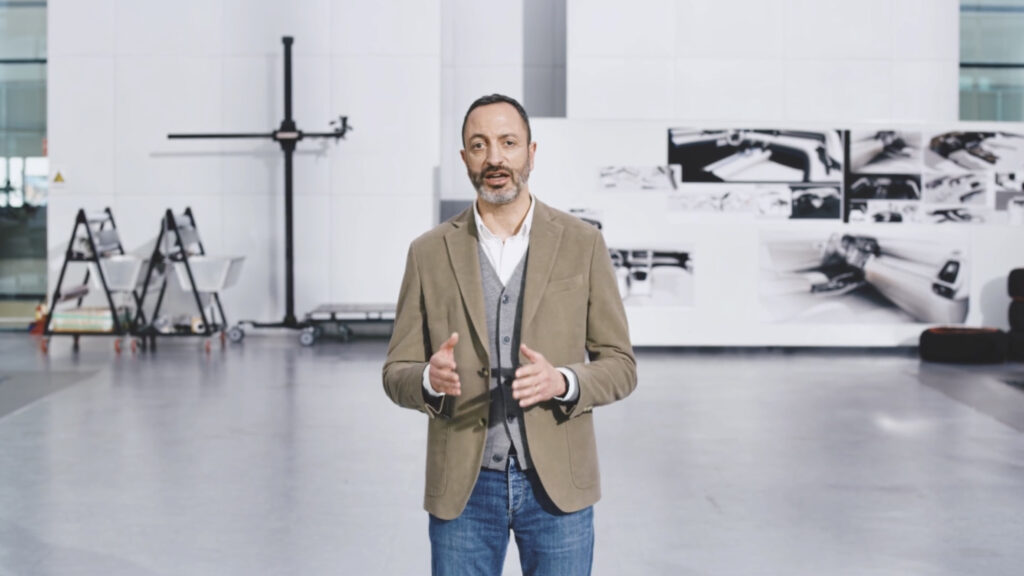
“With EV6 we aimed to create a distinctive, impactful design by using a combination of sophisticated, high-tech features on pure and rich volumes, while providing a unique space as a futuristic EV.”
EVs allow more design freedom, innovation
While the new Kia look will be applied across ICE cars as well, it’s EVs that has Habib excited about the opportunities, something clearly on display with the Kia EV6.
And much of it comes down to the new E-GMP architecture that was developed in conjunction with parent company Hyundai.
“E-GMP allows us for big wheels, long wheelbase, short overhangs, and we’re able to do that in … different formats,” said Habib of what he describes as “proportional flexibility” with electric cars.
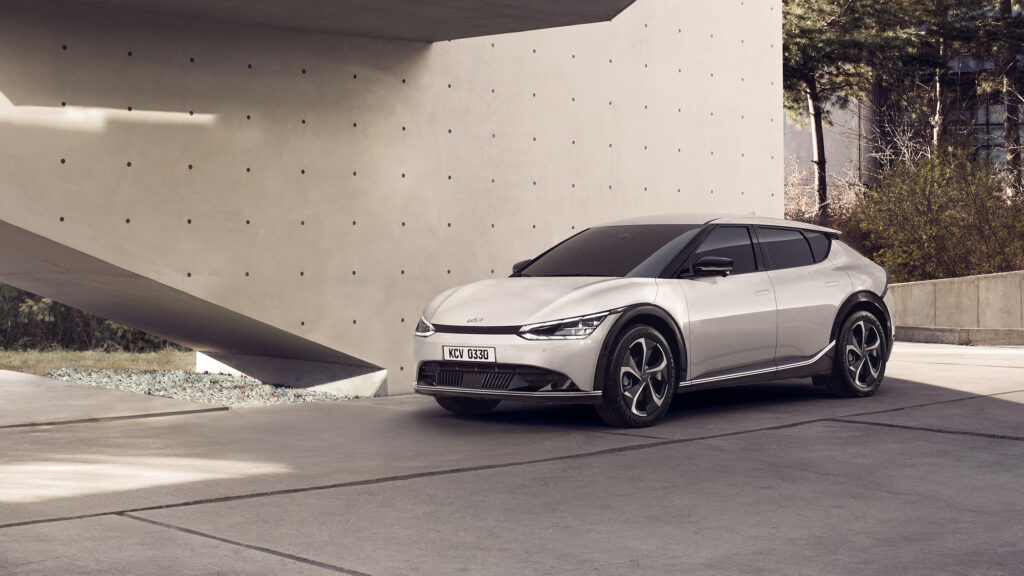
The E-GMP architecture also sits underneath the Hyundai Ioniq 5 and will underpin a family of EVs from Kia and Hyundai in future.
“The flexibility we have with where to place the windshield, you know as you don’t have a [petrol/diesel] motor that has to be either in front of the front axle or behind the front so you have flexibility with the overhang size and the location of the windshield and that allows you for various different characters as well.”
Habib describes the new design theme as being about contrast, from straight lines and curves to technology and traditional materials.
“This idea to create a design philosophy that is not based solely on just saying lines or going straight or they’re going to be round or surfaces are going to taut or they’re going to be full. This is something we usually talk about in design and I think we will talk about that when we start seeing the products.
He said it was about having “a clear idea of where we want to be in the future” and simplifying the design language but allowing flexibility for it to evolve and be used differently in different vehicles.
Habib also said the design would help separate Kia from sister brands Hyundai and Genesis, because “that is very important for us to make sure there’s a clear differentiation”.
Integration of technology key for design
Inside, the design focus is on materials and finishes and having a clean, functional finish.
And Habib describes the dashboard as being “as lean as possible” and disconnecting the main upper dash from the lower centre console between the front seat occupants.
At the same time there’s an intense focus on technology, something Habib said being located in Korea helped with, especially with giant companies such as LG and Samsung playing hard in the consumer electronics space.
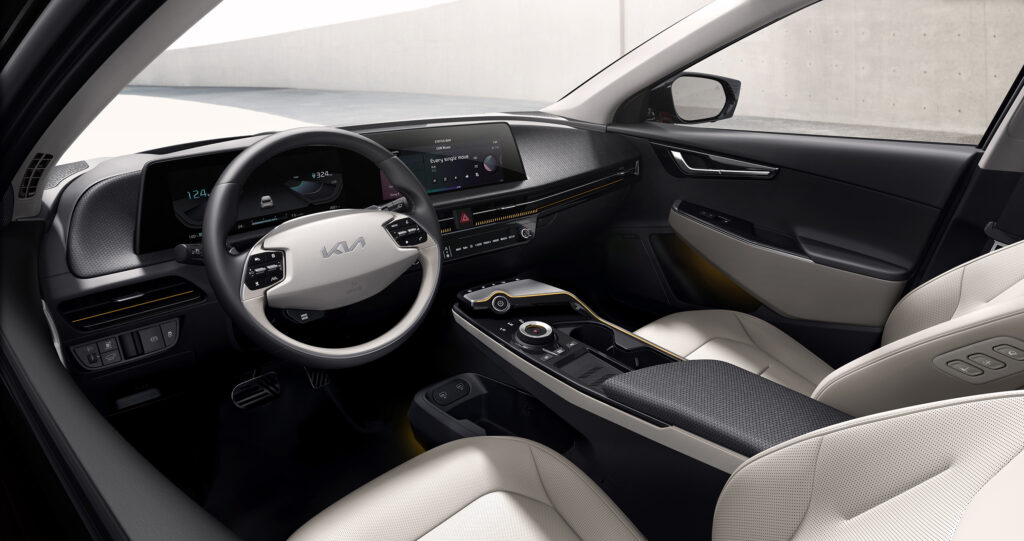
“We are in a part of the world where that type of technology is just incredible what you have that’s being developed around this in just a few kilometres away from our offices.”
He referenced “foldable” and “rollable” screens and said it was that sort of innovative tech – rather than simply bigger screens – that was on the brand’s radar in future.
“How could we integrate that in our interiors in future?”
But he said implementing tech in cars was equally as important as the technology itself.
“I think it’s … how to use the technology that’s important for us than the exact technology and how much of it.
“We try to look at the best way for us to integrate technology and design.”
How the pandemic could change cars
He said the pandemic-changed year of 2020 had also flowed through to design, particular the interior of cars.
He highlighted “antibacterial lighting … temperature control air filtering” as being on the radar of designers, something more important as the automotive world shifts to more autonomy with the end result being driverless cars that can zip us around town.
“All of these things are also a big part of not only the technologies that we want to use … we’re creating some ideas where we have, for example an air filter, right in the middle of the car, you know that’s something that in the future people … will improve their lives.”
He said EVs and the unique layout was something that provided increased flexibility in integrating new technology.

